Understanding Pressure Safety Valves (PSVs)
Pressure safety valves, commonly abbreviated as PSVs, are critical components in various industrial and residential systems. These valves serve as a fail-safe to prevent potential accidents and ensure the integrity of piping systems by releasing excess pressure. A PSV valve is designed to open at a predetermined set pressure to protect equipment from being subjected to pressures that exceed their limits.
Types and Applications of PSVs
The applications of pressure safety valve PSV are diverse, ranging from domestic water heating systems to large-scale industrial processes. The types of PSV valve include conventional type PSV, balanced bellows PSV, and pilot type PSV, each tailored for specific scenarios and pressures. For instance, a bellows type PSV is suited for handling back pressure, while a pilot type PSV offers precision in safety and control.
Features and Materials
A PSV safety valve is not a one-size-fits-all solution. These valves come in various materials, such as stainless steel, brass, and other alloys, to cater to different mediums and operating environments. The choice of material affects the valve's durability and compatibility with the fluid it controls. The design of a PSV often includes features like a test lever or a blowdown ring, which allow for periodic testing and maintenance to ensure the valve's proper function.
Advantages of Using PSVs
The primary advantage of a PSV pressure safety system is the protection it offers. By preventing overpressure conditions, PSVs help maintain system safety and longevity. Additionally, the use of PSVs can lead to improved efficiency in systems where pressure regulation is crucial for optimal performance.
Standards and Compliance
Compliance with standards is paramount when selecting a PSV. The API standard for PSV ensures that valves meet the necessary guidelines for safety and performance. It is essential for buyers to source PSVs that adhere to these standards to ensure reliability and compliance with international safety regulations.
Selecting the Right PSV
Choosing the correct PSV and PRV valve requires understanding the specific needs of the system, including the set pressure, the capacity required, and the material compatibility with the process fluid. Whether the need is for a back pressure PSV or a crosby PSV valve, it is crucial to consider all operational parameters to ensure the valve will perform as needed in the event of an overpressure situation.




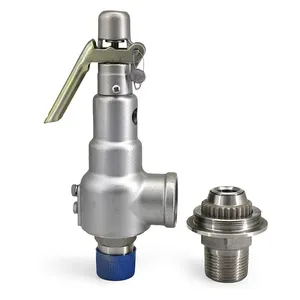



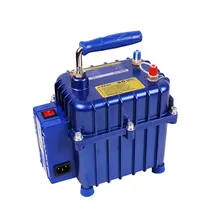

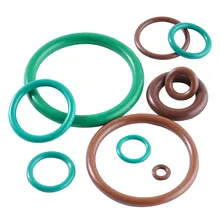
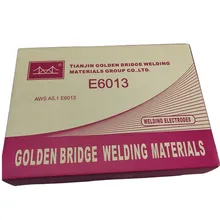
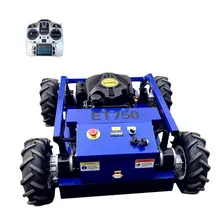





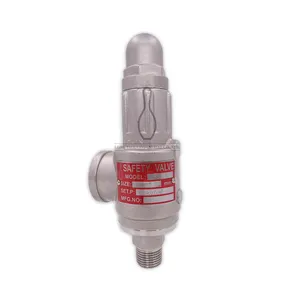
























 浙公网安备 33010002000092号
浙公网安备 33010002000092号 浙B2-20120091-4
浙B2-20120091-4